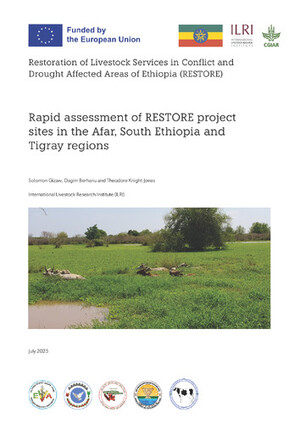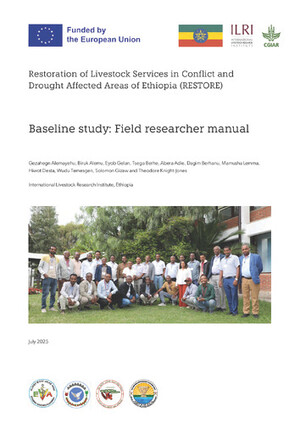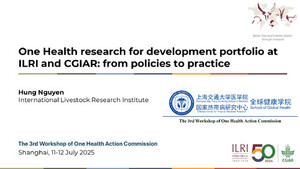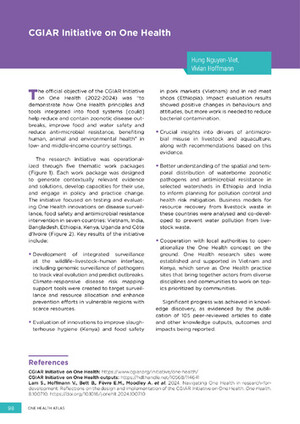
Root‐zone soil moisture variability across African savannas: From pulsed rainfall to landcover switches
Abstract
The main source of soil moisture variability in savanna ecosystems is pulsed rainfall. Rainfall pulsing impacts water‐stress durations, soil moisture switching between wet‐to‐dry and dry‐to‐wet states, and soil moisture spectra as well as derived measures from it such as soil moisture memory. Rainfall pulsing is also responsible for rapid changes in grassland leaf area and concomitant changes in evapotranspirational (ET) losses, which then impact soil moisture variability. With the use of a hierarchy of models and soil moisture measurements, temporal variability in root‐zone soil moisture and water‐stress periods are analysed at four African sites ranging from grass to miombo savannas. The normalized difference vegetation index (NDVI) and potential ET (PET)‐adjusted ET model predict memory timescale and dry persistence in agreement with measurements. The model comparisons demonstrate that dry persistence and mean annual dry periods must account for seasonal and interannual changes in maximum ET represented by NDVI and to a lesser extent PET. Interestingly, the precipitation intensity and soil moisture memory were linearly related across three savannas with ET/infiltration ∼ 1.0. This relation and the variability of length and timing of dry periods are also discussed.
Citation
Räsänen, M., Merbold, L., Vakkari, V., Aurela, M., Laakso, L., Beukes, J.P., Zyl, P.G. van, Josipovic, M., Feig, G., Pellikka, P., Rinne, J. and Katul, G.G. 2020. Root‐zone soil moisture variability across African savannas: From pulsed rainfall to landcover switches. Ecohydrology










